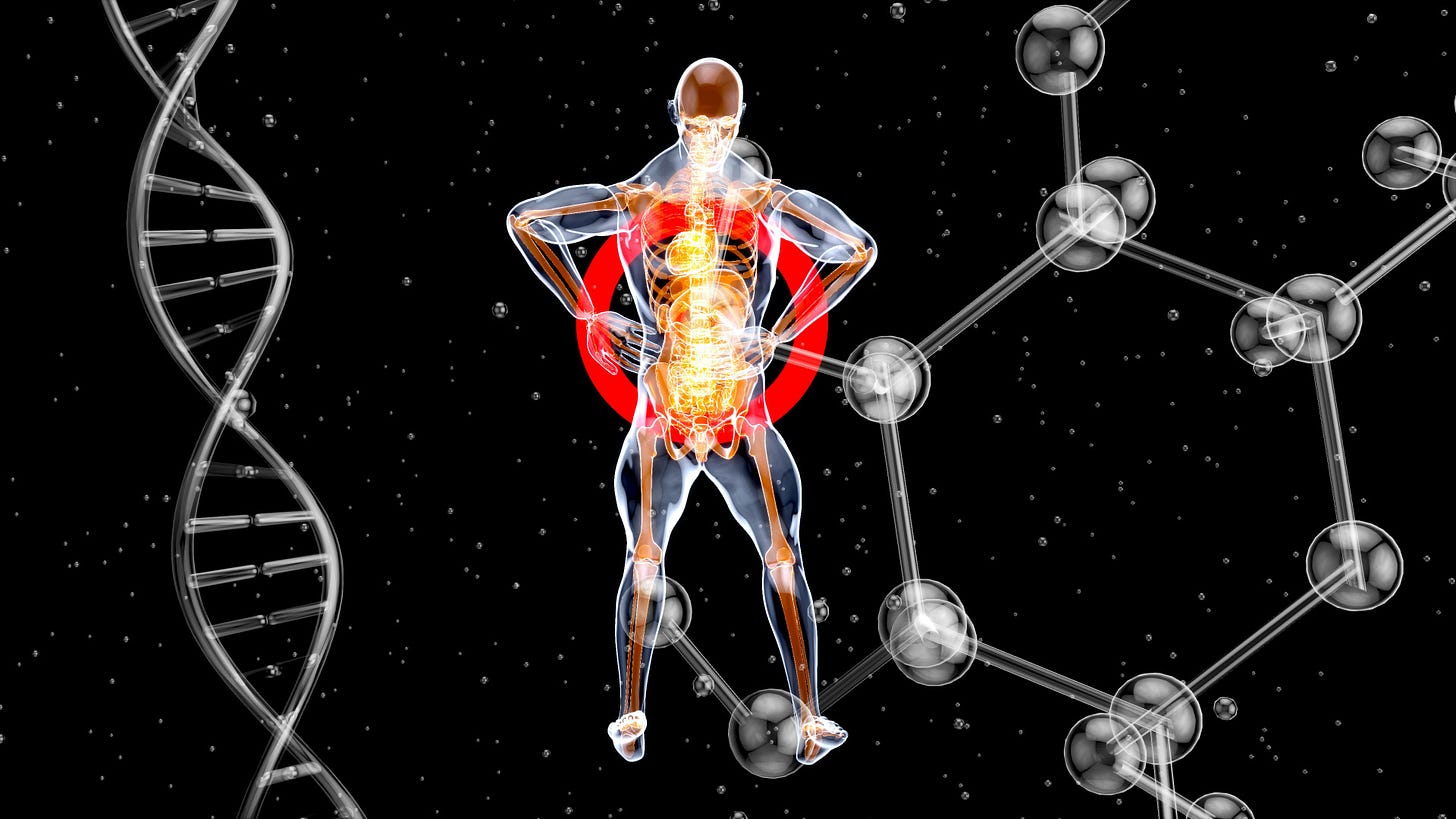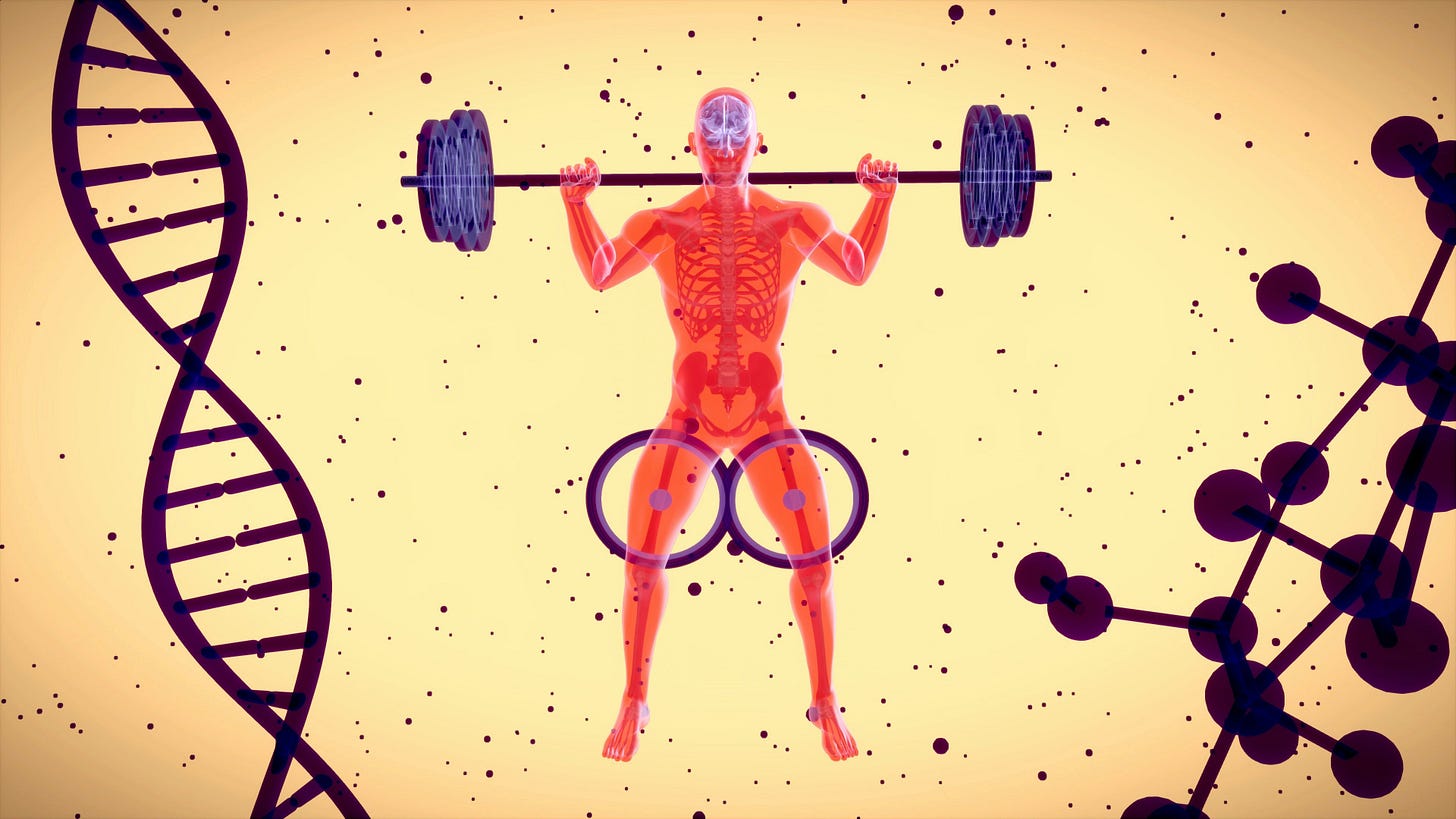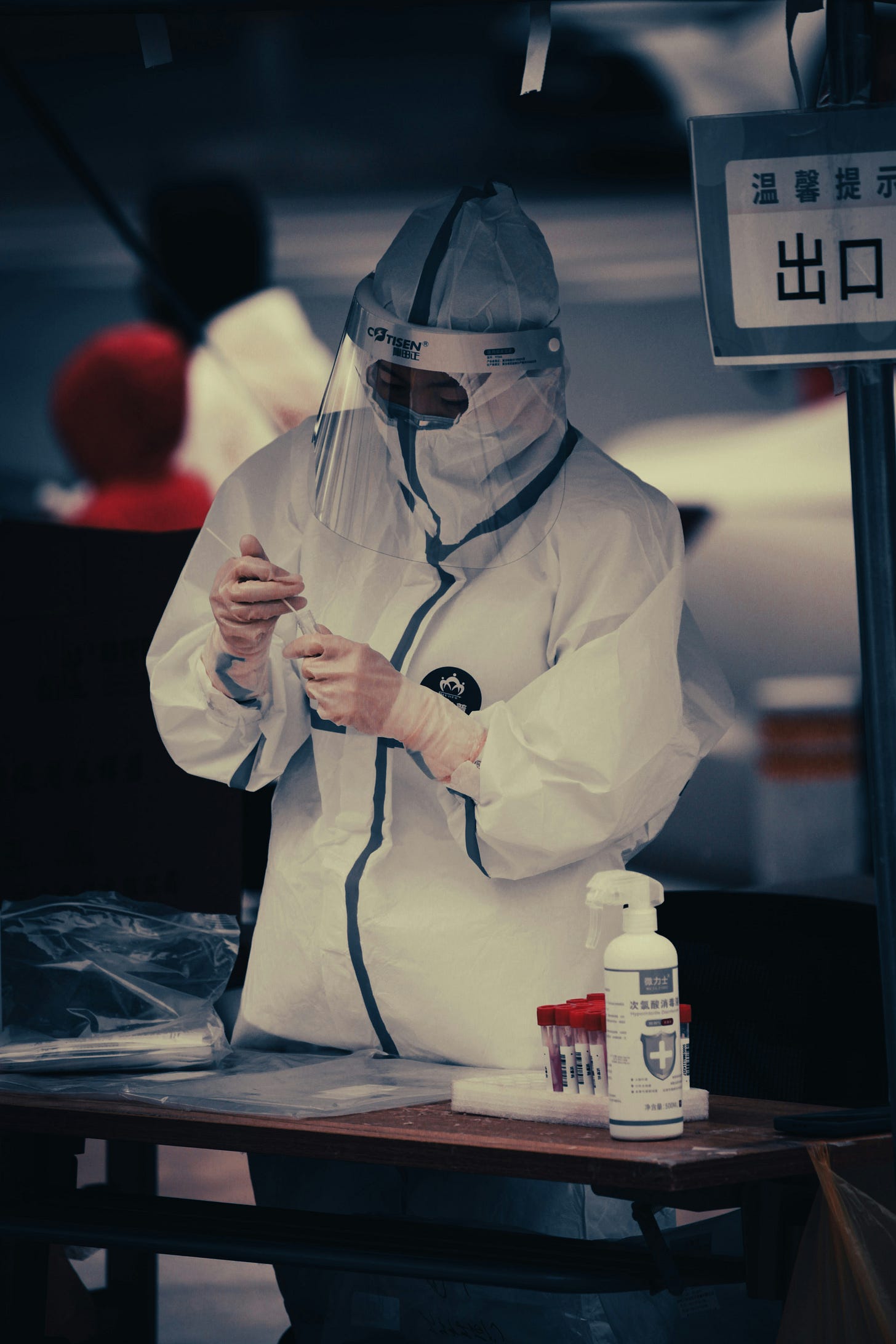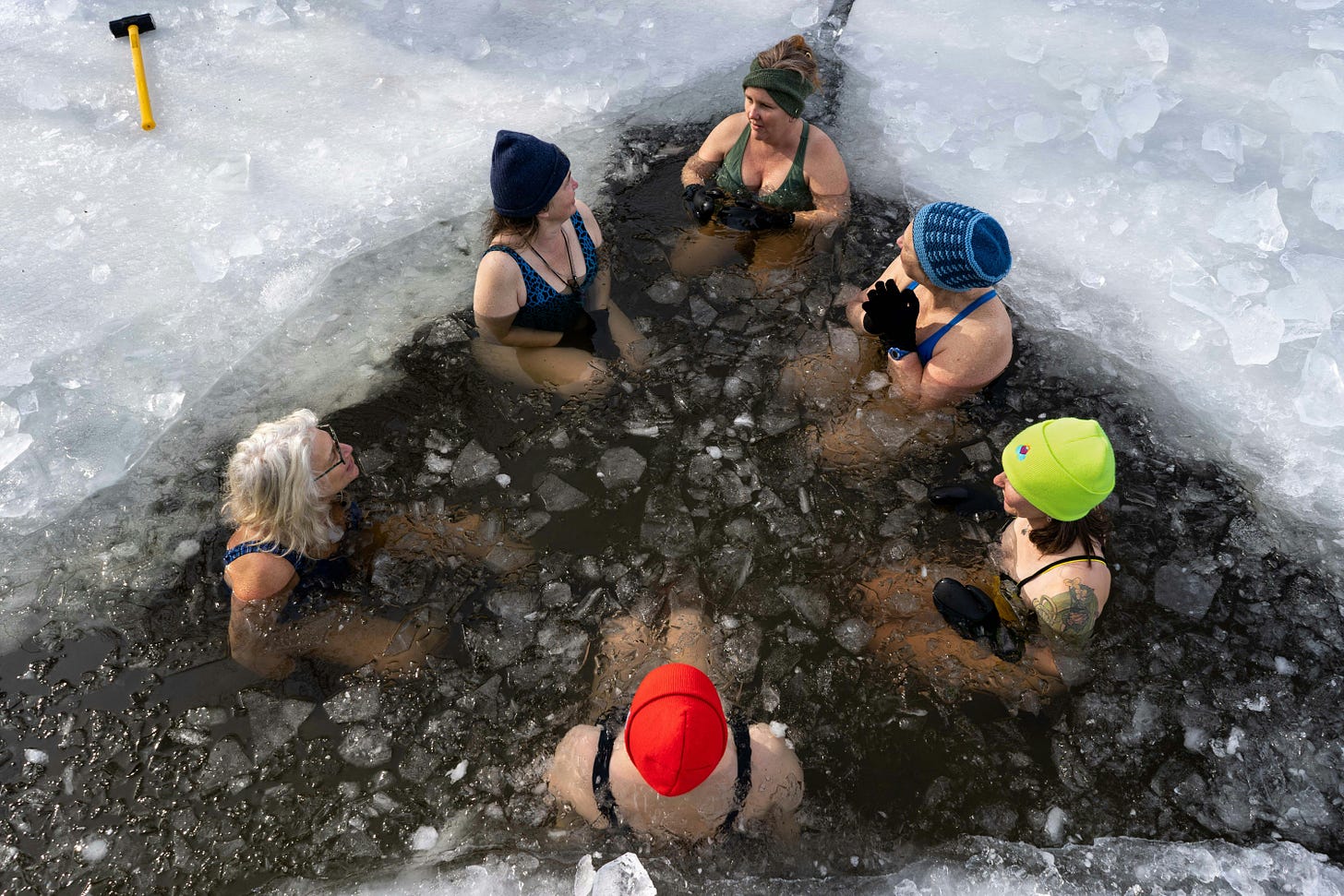Biohacking or Just Being Human? A Real Talk on What It Really Means
⚡️ Biohacking, Decoded: From Cold Plunges to Wearables—and Where You Fit In
Lately, I’ve been hearing the word biohacking everywhere—on podcasts, in YouTube thumbnails, even in casual conversations about coffee or cold showers. It seems like everyone is suddenly a “biohacker,” but no two people mean the same thing when they say it. For some, it means optimizing sleep with wearable tech and cold plunges. For others, it’s about fasting, mushroom coffee, and morning sunlight. And then there’s a more radical fringe: people literally editing their own genes in garage labs.
That got me curious: what exactly is biohacking? Is it science, lifestyle, or marketing hype? And why does it look so different depending on who’s talking about it?
It seems like everyone is suddenly a “biohacker,” but no two people mean the same thing when they say it.
Where It All Began: A DIY Ethos
The term "biohacking" emerged from the intersection of biology and the hacker mentality—a DIY (do-it-yourself) approach to optimizing the body's systems. It was popularized in part by Dave Asprey, founder of Bulletproof and one of the earliest voices to brand self-experimentation as a lifestyle.
Asprey, who famously said he plans to live to at least 180, once described biohacking as “the art and science of changing the environment around you and inside you so that you have full control of your own biology.”
But beyond the supplements and high-tech gadgets, there’s a much broader and more relatable world of practices that now fall under the biohacking umbrella. From wearing blue-light blocking glasses and tracking sleep, to experimenting with intermittent fasting, cold exposure, or adaptogens, today’s version of biohacking looks a lot more like wellness—but with data, intention, and a willingness to test what works for your body.
Today’s version of biohacking looks a lot more like wellness, but with data, intention, and a willingness to test what works for your body.
Of course, the origins of biohacking were often more extreme. Early adopters sometimes tested unregulated compounds or even genetic tools like CRISPR (Clustered Regularly Interspaced Short Palindromic Repeats) techniques on themselves—all in the name of enhanced health, longevity, or cognitive performance. But as the movement has matured, it’s expanded to include more grounded and holistic practices, ones that align with what many of us are already doing: tuning in, adjusting habits, and becoming more curious about how to feel better—mentally, physically, and energetically.
In that sense, biohacking doesn’t have to mean going to extremes. It can be as simple as creating small, sustainable shifts that help you feel more aligned, energized, and in tune with your body.
Three Main Strains of Biohacking:
Wellness Optimizer:
This is the most mainstream face of biohacking today. Think morning routines, cold plunges, sleep tracking, nootropics (also known as "smart drugs" or cognitive enhancers), intermittent fasting, red light therapy, and blue light-blocking glasses. This group overlaps with wellness influencers and high-performing professionals looking for an edge. These biohackers often follow thought leaders like Andrew Huberman, Rhonda Patrick, or Ben Greenfield, who combine science-backed tips with anecdotal exploration.“Your behaviors are the single most potent way you can influence your biology,” says Dr. Andrew Huberman, a neuroscientist and host of the Huberman Lab podcast.
The Tech-Enhanced Human:
These biohackers lean more futuristic. They’re into implantable devices (such as RFID chips), continuous glucose monitors (CGMs), brain-computer interfaces, and quantified self-tracking. Some use devices to control their environment—others try to alter brainwaves or neurotransmitters directly. The goal here is not just to optimize but to augment.
Figures like Kevin Warwick, a British scientist known for implanting cybernetic devices into his own arm, exemplify this movement. The community also includes those who track everything from blood sugar to HRV to neurofeedback to “quantify” the self.
The DIY Biologist:
On the far edge of the biohacking world is a small but outspoken group often referred to as the “grinder” community. These individuals push the limits of what’s biologically possible, experimenting with everything from DIY gene editing to self-administered stem cell therapies and unregulated hormone stacks. It’s the wild west of biohacking—largely unregulated, highly experimental, and not without controversy.
One of the most well-known figures, former NASA scientist Josiah Zayner, famously injected himself with edited DNA during a live demonstration, arguing that science shouldn’t be locked away in labs, but accessible to anyone curious and willing to experiment.
While their message of democratizing science resonates with some, this extreme end of biohacking raises serious ethical, legal, and safety questions, especially when it crosses into self-directed bioengineering or hormone manipulation without medical oversight.
Why It Resonates — and Where It Can Go Off Track
At its core, biohacking is about autonomy. It’s a response to a healthcare system that too often treats symptoms instead of people, and to a growing desire for more personalized, proactive care. It's the belief that we shouldn’t have to wait for a diagnosis—or a doctor—to start feeling better.
As Dr. Molly Maloof puts it, “People want to feel better now—not in 10 years.”
Biohacking speaks to that urgency. It offers a sense of empowerment: to track your own data, tweak your habits, and become the CEO of your own health.
Biohacking offers a path to becoming the CEO of your own health through curiosity, self-tracking, and intentional habit shifts.
But while that freedom is powerful, it comes with a caution. In the rush to optimize, it's easy to fall into the trap of over-reliance on numbers, one-size-fits-all protocols, or exaggerated health claims based on shaky science. Wellness isn’t a race to see who can wear the most tech or take the most supplements.
For me, the most meaningful approach to biohacking is the one that’s slow, sustainable, and rooted in bio-individuality. It's not about chasing extremes or obsessing over every data point. It’s a conscious, personalized approach to health—one that honors the uniqueness of our biology and the rhythms of real life. It’s about making small, sustainable choices that add up: getting sunlight in the morning, eating in a way that supports your energy, prioritizing sleep, managing stress, and moving your body in ways that feel good. It’s about learning to listen: What works for your body, your rhythm, your season of life?
It’s not about rigid rules or perfect routines—it’s about tuning in, experimenting gently, and building habits that support longevity and well-being over the long haul. Biohacking, for me, is less about becoming superhuman and more about becoming more in tune with my human self.
Biohacking isn’t about extremes—it’s about small, sustainable shifts rooted in self-awareness. It’s a gentle, personalized approach to health that honors your unique biology, rhythms, and season of life. Less about becoming superhuman and more about becoming deeply in tune with your human self.
And that’s where the real magic lives—in presence, in consistency, and in honoring what your body/mind actually needs, not just what a podcast or protocol suggests.
So, Is It a Fad or the Future?
Biohacking may be trendy, but it reflects something deeper—a cultural shift toward self-directed wellness and a growing collective curiosity about how to feel better, live longer, and take ownership of our health. It’s part of a broader movement where more people are asking questions that used to be left only to experts: What’s happening inside my body? What’s driving my energy, focus, or anxiety? How can I age better, not just longer?
Whether biohacking sticks around or fades out will depend on how it grows—and who it’s really for. Will it stay accessible and inclusive, or become a playground for the privileged? Will it continue to emphasize data over intuition, or shift toward a more holistic, sustainable approach?
The truth is, like any trend, biohacking can go in many directions. Some are inspiring. Others… a little questionable. But what might give it lasting power is its flexibility. It can be cutting-edge and tech-driven or slow, simple, and deeply personal. At its best, biohacking invites us to experiment, refine, and define health on our own terms—rooted in curiosity, guided by science, and grounded in what actually makes us feel well.
Biohacking is more than a trend—it’s a powerful tool. Whether cutting-edge or deeply personal, its strength is in its flexibility. Health is no longer given—it’s yours to shape.
Closing Thoughts:
Next time you hear the word biohacking, ask yourself: What kind? Is it a cold plunge and a supplement stack—or someone injecting themselves with DIY insulin? The answer says a lot about where we are on the spectrum between self-care and science fiction.
I’d love to hear from you:
Where do you land on that spectrum? I’d love to know what biohacking means to you, or which practices have genuinely made you feel better. Feel free to share in the comments or reply to this post. Let’s keep the conversation curious and grounded.







